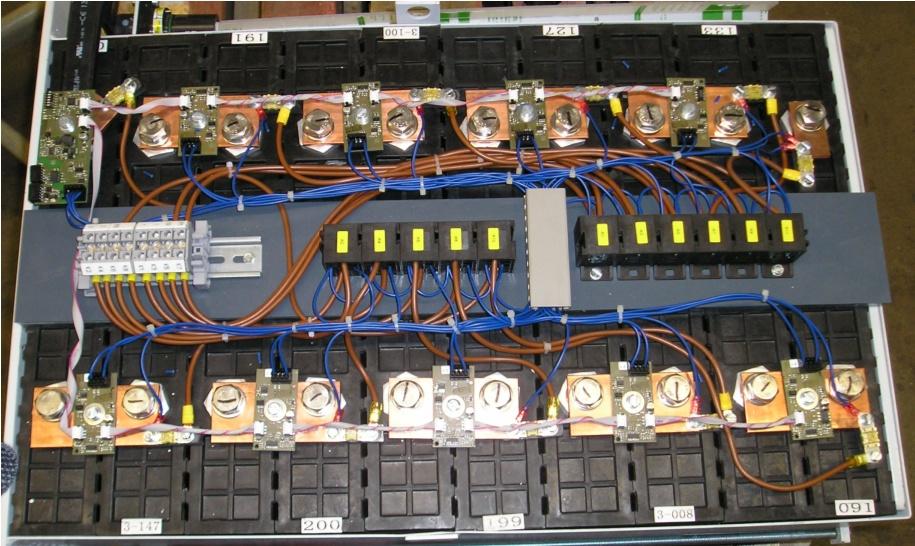Editor’s note: This briefing was written in a joint collaboration between Admiral Instruments and Zahner Scientific Instruments. Admiral Instruments will be exhibiting (booth 400) at the 232nd ECS Meeting in National Harbor this fall. See a list of all our exhibitors.

Image: Multiple stacks of lithium batteries
Problem
Methods combining EIS with charge-discharge cycles are among the most powerful tools available to collect in-situ information about electrochemical systems such as battery cells and stacks. However, accurately measuring the rapidly-changing states of the electrodes, electrolytes, and other non-steady-state materials within battery systems is a challenge.
This issue is particularly troublesome when changes in state occur at timescales even shorter than a single charge-discharge cycle or single EIS frequency sweep. Accurately interpreting results from an EIS measurement requires either making the ill-advised assumption of steady-state conditions throughout the duration of a frequency sweep, or accounting for drift effects by using modeling tools that are often time-consuming or ineffective.

